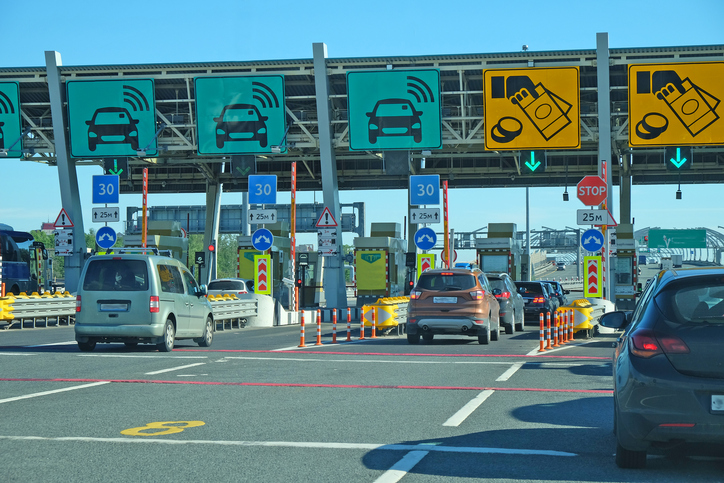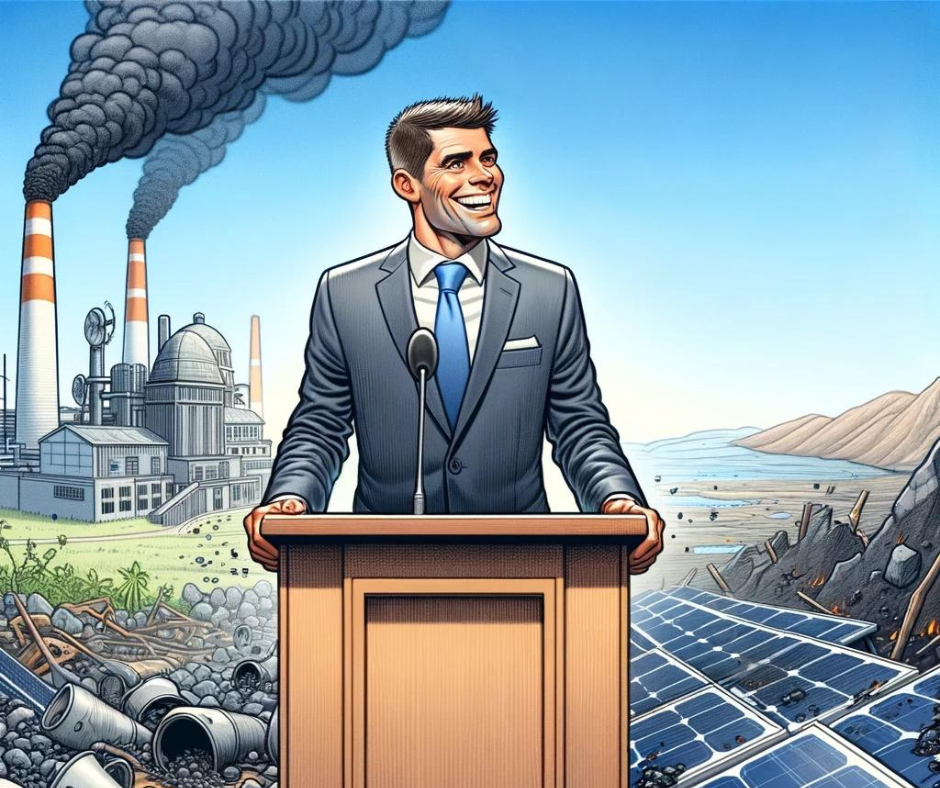Secrets of Washington's Carbon Tax Initiative

This November, assuming supporters collect the signatures, Washington state voters will vote on Initiative 1631, a half-billion-dollar carbon tax increase. It would increase prices by 15 cents per gallon, increasing to 40 cents per gallon over the next ten years.
Hidden within the 38-page initiative, however, are a number of policies the proponents won’t highlight. Here are just five.
1. Funds can be used to set up toll roads across the state
The initiative lists several projects that can be funded using money from the tax increase. Section 4(1)(d)(ii) says funds can be used for “transportation demand management,” which is another way of saying tolling. WPC Transportation Director Mariya Frost has written extensively about the failure of the tolling on I-405. Initiative 1631 would, despite that failure, fund expansion of that model to other roads in the state.
2. Initiative creates ideological litmus test for staff
To oversee expenditure of the funds, a staff position is created in the Governor’s office. In Section 10(4), the initiative says the staff member should have a “demonstrated commitment to reducing pollution and transitioning to a clean energy economy.” How this would be enforced is questionable, but it is bizarre for an initiative to dictate to a governor the ideology of their own staff.
3. Members of the environmental and economic justice panel can give money to themselves
I-1631 creates several new panels that oversee spending, including the Environmental and Economic Justice panel (in the original draft of the initiative, proponents couldn’t get the name of this panel straight and changed the name several times within the initiative language). It is responsible for spending or recommending expenditure of millions of dollars and is allowed to allocate money to their own organizations. The initiative says, “Members of the environmental and economic justice panel may receive financial support from organizations and the governments of Indian tribes through approved community capacity grants awarded under section 6(5) of this act.”
4. Subsidies for people who make $82,000 a year
The Clean Air and Clean Energy Investment account may be used to provide funding to help with the “transition” to a clean energy economy. The definition of “people with lower incomes,” however, allows payments to go to people who make up to $82,720 a year, based on 2018 numbers. Much like subsidies for solar panels and electric cars, this could end up taxing working families to subsidize those who are well off.
5. A cap-and-trade bait-and-switch
On the very last page of the initiative, there is a sneaky bait-and-switch. “If this chapter is invalidated,” says the intuitive, “the department of ecology is directed to enforce chapter 173-442 WAC and associated amendments to chapter 173-441 WAC.” Those WACs are the Governor’s invalidated cap-and-trade plan. So, if the initiative is invalidated by a judge, the initiative requires the Governor’s illegal cap-and-trade system to become law. That system was ruled illegal by a judge and the writers of I-1631 are trying to override that decision by sneaking it in I-1631. Rather than take the Governor’s cap-and-trade rule directly to the voters or the legislature, as the judge said was required, they simply throw it in at the end of I-1631.
This kind of subterfuge is a hallmark of the environmental community’s approach to climate policy. Instead of calling the carbon tax what it is, they say it is a “pollution fee.” They claim it will hit “large emitters,” even as they know it will raise the price of gasoline for everyone, rich and poor. They do this because they know an honest approach would be rejected by the voters.




